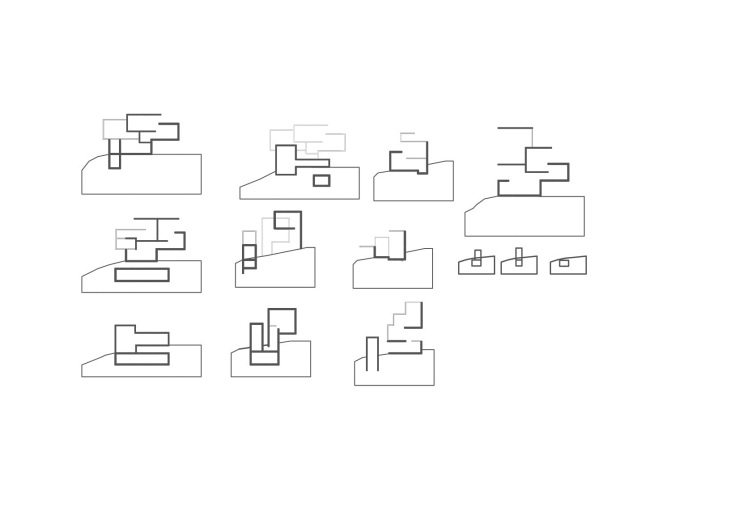As you know we had our final jury of this semester this week. It was very exciting to finish the design progress then finish the models than finish the jury. We had a collocium at the end of the jury and it is very hard to believe that we’re done with this semester.
This semester , we’ve worked on GAPS project here are some links if you wan to know more about the progress x x
Here is photographs of the sliced model:
Here is the conseptual model:

And the poster:

This jury went quite smoothly i would say. I was satisfied with the design but not satisfied with the model at all. The jury also liked the minimalistic design and found it ”working in a nice extend” . The enterance was not liked by the jury because it opens up to an exhibition. The door was kind of limiting the potantial of the exhibition, i was advised that it could’ve been an open area or a connection towards outside could’ve been made. It was one of the things in my mind also.
Another thing that the jury mentioned was how between some spaces the area was not very useful so it wasn’t needed to be that big. ”The economical use of the spaces” the topic was around how the connection between the spaces that i didn’t wanted to have connections had a gap inbetween but it was too apart and that space just could’ve been used for something else other than just to seperate them. That was how i had seen the solution to distance the private and near-public spaces but i see and understand with what they’ve ment with that. Sometimes you can’t have your way out of a critique with ”oh, that was my design” . It was, it was poor design.
Overall the jury liked my poster, the design. And the sections (i believe, because they looked at them for the long time of the jury and just nodded which means they were understandable, and ”ok” i guess) I was the last one in the jury queue so it was very stressful to wait and i’ve never experienced that before so that was.. something.
Anyway, here is some pictures of me struggling and Gökhan Hoca smiling down at my model 🙂



















































